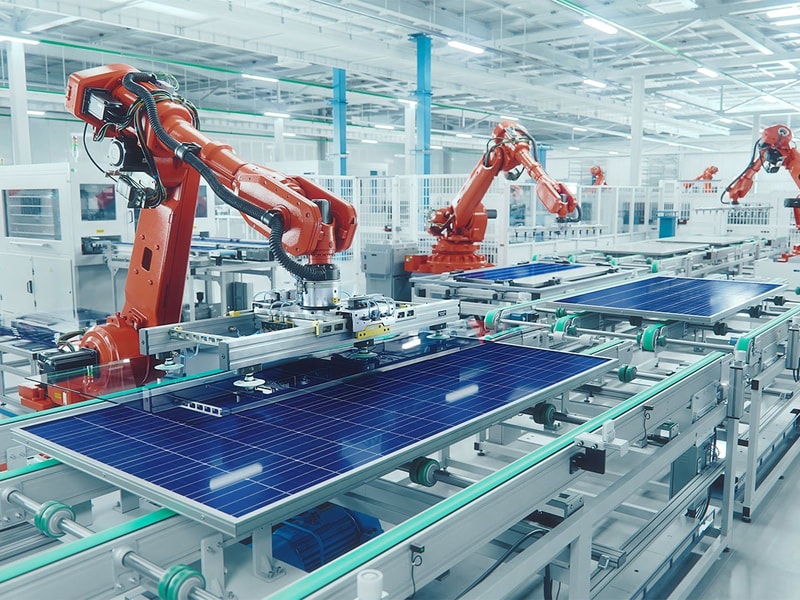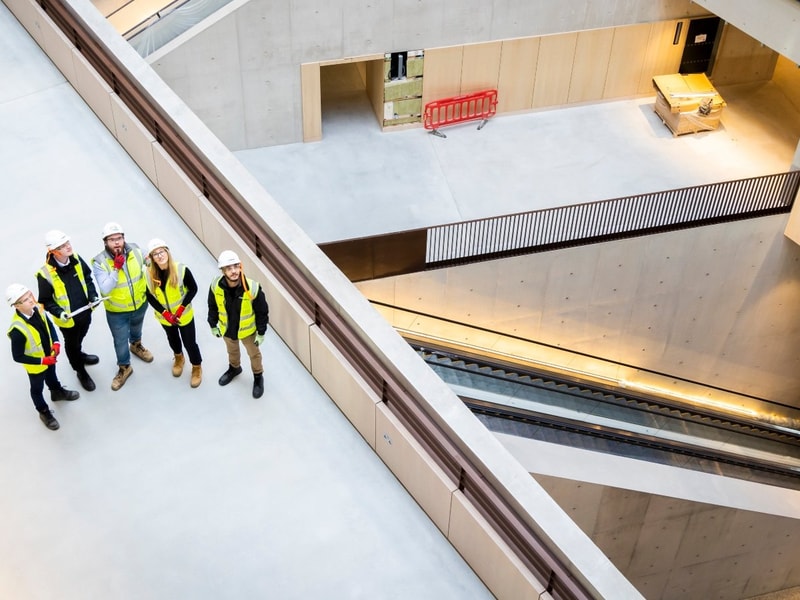The end of 'brown' buildings? How finance is powering a resilient built environment

Key takeaways
Legislation and inefficiencies make 'brown' buildings costly; sustainable assets offer long-term value
Finance is driving sustainable transformation, enabling competitive advantage
The winners will act now, turning underperforming assets into future-ready buildings
As the climate crisis intensifies and regulatory scrutiny sharpens, the built environment faces a stark choice: evolve or become obsolete. 'Brown' buildings - those that lag on energy efficiency, emissions, and adaptability – are increasingly viewed as liabilities. In contrast, resilient assets are emerging as the cornerstone of future-ready portfolios.
Mace’s recent global report, 'The State of Sustainable Assets,' revealed that 54% of asset managers now cite access to finance as the top motivator for investing in sustainable buildings. This is more than a moral imperative – it’s an economic one.
Avoiding brown buildings isn’t just about compliance. It’s about futureproofing. It’s about creating places that are not only environmentally sound but commercially resilient. This perspective explores how key financial motivators and investment priorities can truly reshape the path from brown buildings to resilient, high-performing assets and greener portfolios.
The cost of standing still
In a rapidly decarbonising world, brown buildings are becoming financial dead-ends. The monetary and regulatory risks associated with holding these assets are more prevalent than their environmental liability alone.
Despite this, only 20% of asset managers are actively implementing sustainability strategies. In some sectors, the figures are even more stark; just 6% in Justice and 10% in Education for example. This needs to change – regulatory pressure is rising, and investor expectations are shifting.
Brown buildings are prohibitively expensive to maintain or upgrade. Energy inefficiency, poor ventilation, and inadaptability translates into higher utility bills, poor occupant satisfaction, and difficulties when considering repurposing or upgrading. These assets might even fail to meet current rules and regulations around emissions and energy performance, potentially facing higher compliance costs, penalties or restrictions, or reduced eligibility for fundings and investments.
The good news? Sustainable assets are providing enduring value, as well as commercial advantages and long-term resilience to stakeholders.
By realising that the cost of future-ready portfolios far outweighs the cost of standing still, we can begin to take steps towards a greener, more resilient future.
Finance as the game-changer
The transformation of underperforming buildings into resilient assets is being driven by capital injection and financial incentives. Not only are eco-driven assets becoming increasingly recognised as good for the planet, but good for business too. These future-ready assets are designed to be adaptable, with efficiency and longevity at their core. Offering low operational costs, reduced regulatory risk, and stronger long-term returns, the growth of sustainable portfolios is an increasingly expected move from stakeholders across programmes and projects.
It could be said with sustainable portfolio transformation that the gap between intention and action often comes down to funding. Retrofitting brown buildings – especially at scale – requires significant upfront investment. Without sufficient capital, even the most well-intentioned strategies remain on paper. But, with green funding becoming more accessible, it has never been more important to view sustainability as a strategic investment, rather than a cost. Green building projects across the globe are increasingly eligible for ESG-linked loans, green bonds, tax incentives and grants – each reduces the cost of capital and improves the return on investment for sustainable upgrades.
The fact that financing (54% globally) ranked far ahead of regulatory compliance (15% globally) as motivations for creating more sustainable assets, in our research, is encouraging. More asset managers are evidently seeing the importance of sustainability in gaining commercial advantages and investment to deliver their projects. It’s no longer just about doing the right thing – it’s about doing the smart thing.
From strategy to action
The path forward starts with putting the barriers aside – upfront costs, complexity and credible sustainability targets are real issues. Our report demonstrated that the majority of asset managers remain at the strategy stage, making roadmaps to tangible decarbonisation critical.
The essential first step is getting the vision right. ESG strategies must be robust, and evidence based at every level of a project, programme or even enterprise plan. To make this transition away from brown buildings, businesses should engage early to create plans they can measure and continuously improve upon.
Our report revealed data and AI to be a cornerstone of future investment resilient assets, shifting guesswork to precision and enabling smarter sustainability decisions for future-ready buildings. In a market where change is urgently needed, data-driven intelligence can truly transform brown buildings into green assets, and when harnessed effectively, these solutions will form the stepping stones to creating a built environment which is both environmentally and financially resilient.
Brown buildings are no longer just environmental concerns. They are liabilities to commercial advantage. They also represent one of the greatest opportunities in the built environment. With access to finance now the leading driver of sustainable investment, capital does not need to pose such a barrier, instead, it is the catalyst for change.
Those who act now to transform underperforming assets into resilient, revenue-generating buildings will succeed. The future belongs to asset managers who see sustainability as a source of long-term value.
Related insights
-

State of Sustainable Assets
Report



